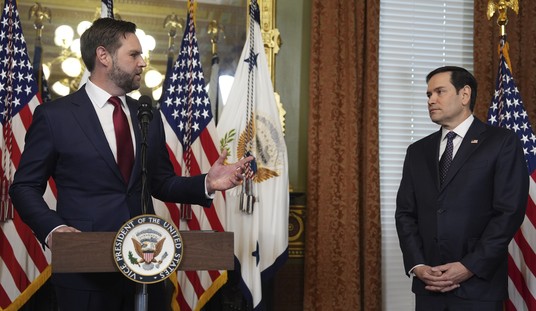What everyone wants is for things to get back to normal. When that happens is dependent on how fast the virus spreads and also how fast the vaccine can be delivered. As Allahpundit wrote earlier, part of that effort is at the national level, but a lot of it is at the state and local level. And at the moment, California isn’t doing very well.
Good news: California has gotten better at administering its available COVID-19 vaccines, going from a 27.5% usage rate last week to a 37.3% usage rate this week.
Bad news: Other states have also picked up the pace, and California now ranks 50th out of 50 states in percentage of shots used…
Of the nation’s six largest states, California remains the only one with a usage rate below 40%, as was the case last week.
California set a grim record today of 764 deaths. The good news is that the number of new cases is down quite a bit. Today it was just over 23,000 which isn’t good but is a big improvement over 50,000+ per day we were seeing last month.
Last year Gov. Newsom broke the state into five big regions and set a clear guideline for when they would be forced to go into a three-week lockdown. The threshold was the moment that available ICU beds in each region dropped below 15%. Pretty soon most of the state was in lockdown and then those lockdowns got extended because our ICU utilization was still at or near capacity.
Initially the plan was that these regions of the state wouldn’t be allowed out of lockdown until we cleared that same 15% threshold. But here’s where things get a bit strange. Ten days ago, Gov. Newsom suddenly announced that the Sacramento region was open for business, at least in the limited way it had been prior to the lockdown:
California is lifting the stay-at-home order for Greater Sacramento effective immediately, Gov. Gavin Newsom announced Tuesday, making the region the first to emerge from the additional restrictions on businesses and activities imposed in hopes of blunting the coronavirus surge and shielding hospitals from an overwhelming influx of patients…
As of Tuesday, ICU availability in Greater Sacramento was 9.4%, according to the latest state data.
Obviously 9.4% is not 15% but apparently there are some metrics the state is using to make these determinations that are more complex. And today the AP reports they won’t reveal what those metrics are:
State health officials relied on a complex formula to project that while the region’s intensive care capacity was below 10%, it would climb above 15% within four weeks. On Thursday, it was 8%, roughly the same as when the order was lifted.
“What happened to the 15%? What was that all about?” asked Dr. George Rutherford, an epidemiologist and infectious-diseases control expert at University of California, San Francisco. “I was surprised. I assume they know something I don’t know.”
State officials projected future capacity using a combination of models.
“At the moment the projections are not being shared publicly,” Department of Public Health spokeswoman Ali Bay said in an email.
The problem here is that California officials haven’t always done a great job when it comes to backing up their claims about what must be closed. The California Restaurant Association sued and won last month when LA County authorities were unable to provide data to back up their claims that outdoor dining needed to be shut down to slow the virus. It turned out there was no data to back up this claim. They just decided it was for the best and expected everyone to go along with it.
So once again we’re in a situation where officials are deciding who can work and leave home and who can’t but they won’t show us their work. We just have to take them at their word.
This seems untenable and unnecessary. It’s entirely possible that the models the state is using to make these decisions are too complicated for the average high school graduate to follow. But by putting the models out there, other outside experts can still look at the numbers and weigh in on whether the decision making is reasonable or arbitrary. We shouldn’t have to beg the state to see the math that is running all of our lives right now.








Join the conversation as a VIP Member